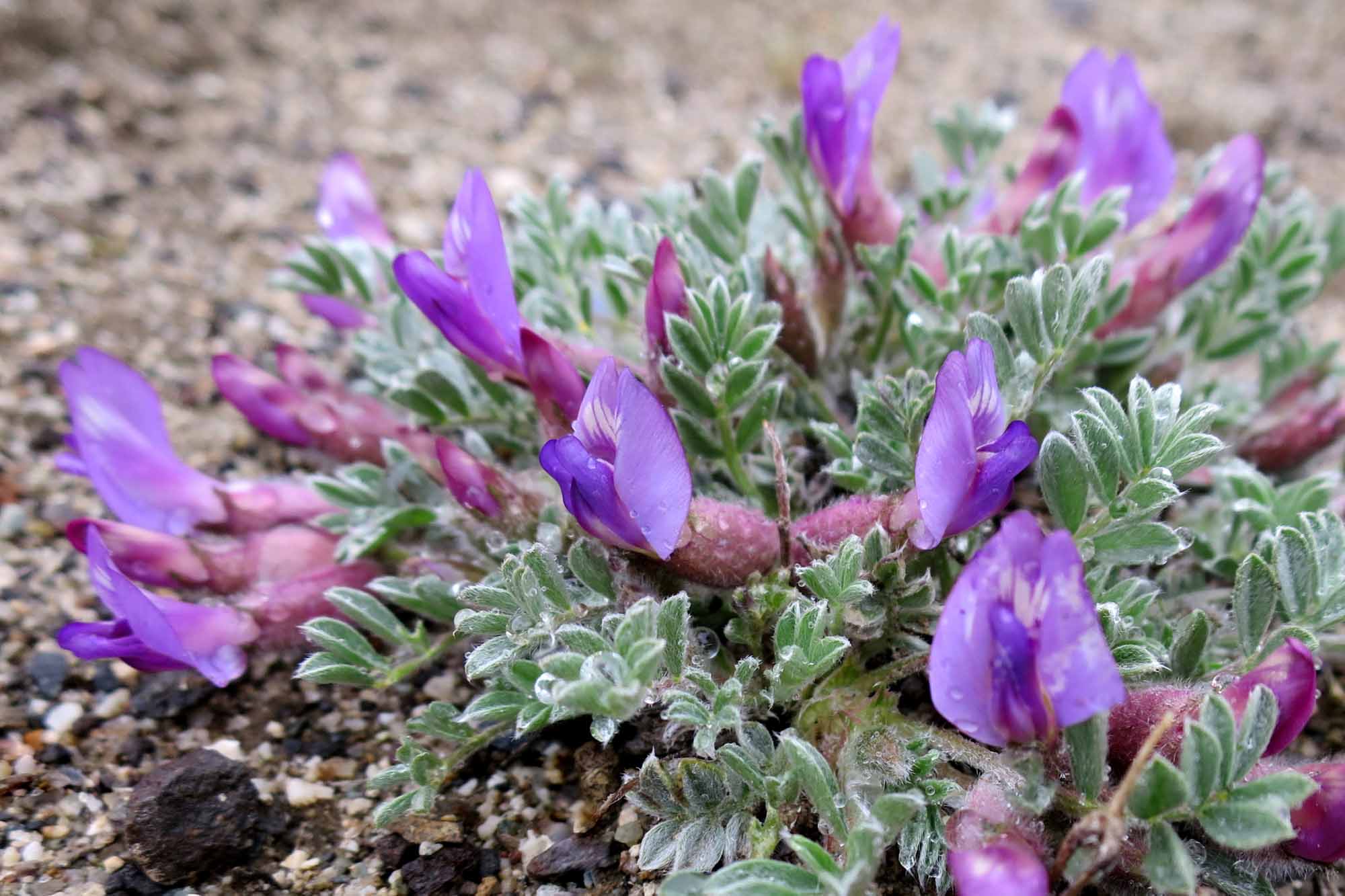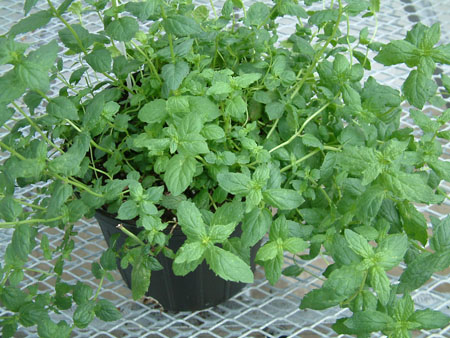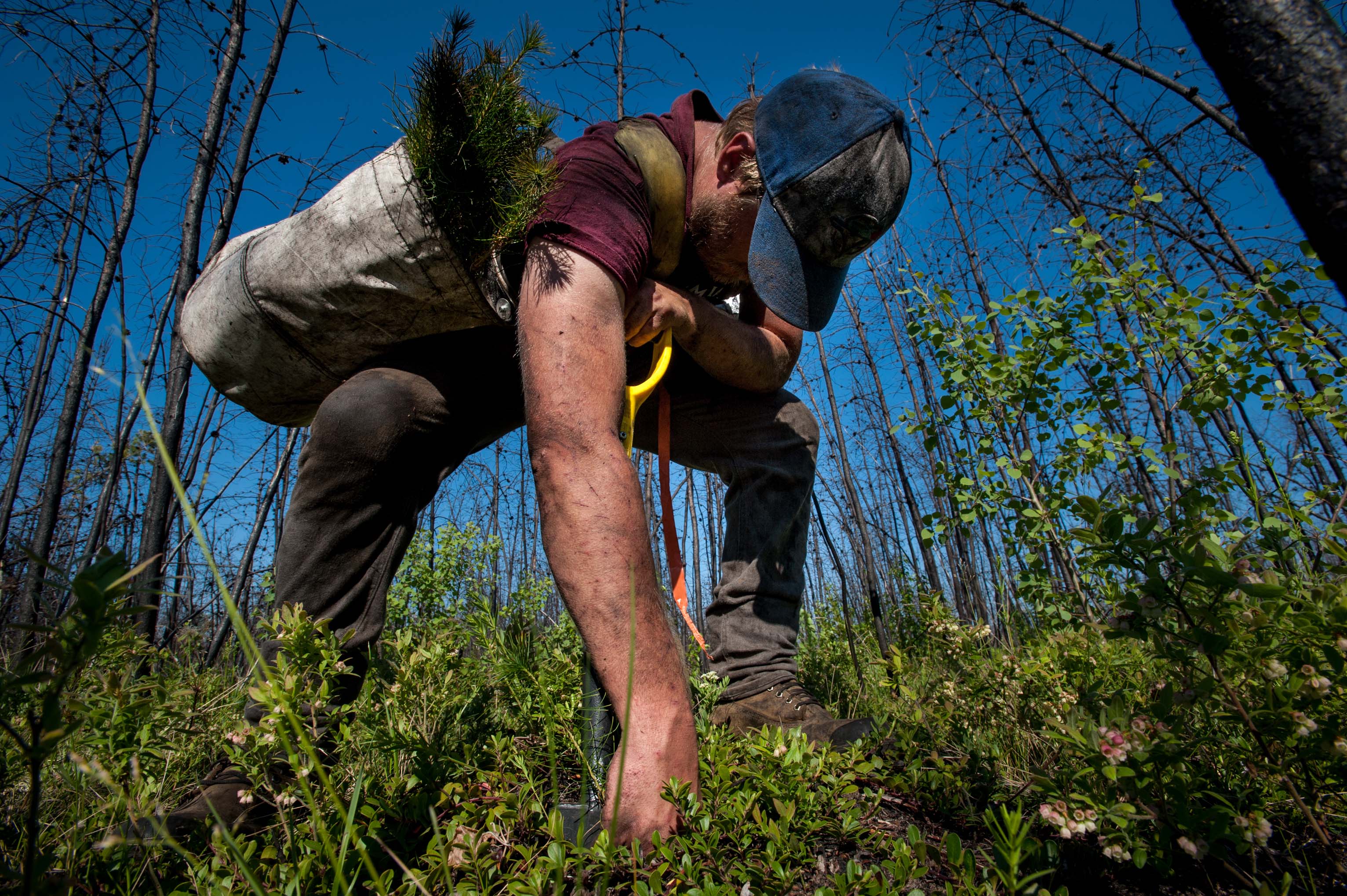Browse "Plants"
-
Article
Locoweed
Locoweed is the common name for plants of the genera Astragalus and Oxytropis in the pea family.
"https://d2ttikhf7xbzbs.cloudfront.net/media/media/392cbba3-2e8f-4a88-8a1a-95df502ee427.jpg" // resources/views/front/categories/view.blade.php
https://d2ttikhf7xbzbs.cloudfront.net/media/media/392cbba3-2e8f-4a88-8a1a-95df502ee427.jpg
-
"https://development.thecanadianencyclopedia.ca/images/tce_placeholder.jpg?v=e9dca980c9bdb3aa11e832e7ea94f5d9" // resources/views/front/categories/view.blade.php
https://development.thecanadianencyclopedia.ca/images/tce_placeholder.jpg?v=e9dca980c9bdb3aa11e832e7ea94f5d9
-
Article
Lupine
Lupine (Latin lupus, "wolf," from the belief that it robs the soil), is the common name for several annual or perennial herbaceous plant species in the pea family.
"https://development.thecanadianencyclopedia.ca/images/tce_placeholder.jpg?v=e9dca980c9bdb3aa11e832e7ea94f5d9" // resources/views/front/categories/view.blade.php
https://development.thecanadianencyclopedia.ca/images/tce_placeholder.jpg?v=e9dca980c9bdb3aa11e832e7ea94f5d9
-
Article
Maple Trees in Canada
Maples are trees and shrubs in the genus Acer, previously classified within the maple family Aceraceae, but now placed by some taxonomists in Sapindaceae (Soapberry family), which also includes horse chestnut (Aesculus hippocastaneum). There are approximately 150 species of maple around the world, most in the temperate zone of the Northern Hemisphere, and the majority native to eastern Asia. Ten maple species are native to Canada, perhaps the best known being sugar maple (Acer saccharum) of eastern Canada and the northeastern United States. The Canadian flag displays a stylized maple leaf, and maple is Canada’s official arboreal emblem. Maples are not only important to Canada symbolically, they are also ecologically and economically significant.
"https://d2ttikhf7xbzbs.cloudfront.net/media/new_article_images/Maple/Douglas maple.jpg" // resources/views/front/categories/view.blade.php
https://d2ttikhf7xbzbs.cloudfront.net/media/new_article_images/Maple/Douglas maple.jpg
-
Article
Mayflower
Mayflower, common name for the trailing arbutus (Epigaea repens), a creeping, woody, evergreen plant belonging to the heath family.
"https://development.thecanadianencyclopedia.ca/images/tce_placeholder.jpg?v=e9dca980c9bdb3aa11e832e7ea94f5d9" // resources/views/front/categories/view.blade.php
https://development.thecanadianencyclopedia.ca/images/tce_placeholder.jpg?v=e9dca980c9bdb3aa11e832e7ea94f5d9
-
Article
Medicinal Crops
About a third of the world's estimated 400 000 species of higher or vascular plants have probably been used for medicinal purposes by indigenous societies, generally in a raw or minimally processed form.
"https://d2ttikhf7xbzbs.cloudfront.net/media/media/7fef297e-e301-4ad4-8cc1-d64bd2f9e902.jpg" // resources/views/front/categories/view.blade.php
https://d2ttikhf7xbzbs.cloudfront.net/media/media/7fef297e-e301-4ad4-8cc1-d64bd2f9e902.jpg
-
Article
Milkweed
Milkweed is the common name for perennial, herbaceous plants of genus Asclepias, family Asclepiadaceae (from Greek physician Asclepius).
"https://development.thecanadianencyclopedia.ca/images/tce_placeholder.jpg?v=e9dca980c9bdb3aa11e832e7ea94f5d9" // resources/views/front/categories/view.blade.php
https://development.thecanadianencyclopedia.ca/images/tce_placeholder.jpg?v=e9dca980c9bdb3aa11e832e7ea94f5d9
-
Article
Mint
Mint belongs to the mint family (Lamiaceae, also called Labiatae), a large plant family that also includes several aromatic and ornamental plants like basil, rosemary, oregano, thyme, coleus and sage.
"https://d2ttikhf7xbzbs.cloudfront.net/media/media/5e03b322-b373-4caa-af8c-7bc6cde241d4.jpg" // resources/views/front/categories/view.blade.php
https://d2ttikhf7xbzbs.cloudfront.net/media/media/5e03b322-b373-4caa-af8c-7bc6cde241d4.jpg
-
Article
Mistletoe
Mistletoe family, Loranthaceae, includes about 30 genera and over 1000 species. It is predominantly tropical but has members in temperate regions.
"https://development.thecanadianencyclopedia.ca/images/tce_placeholder.jpg?v=e9dca980c9bdb3aa11e832e7ea94f5d9" // resources/views/front/categories/view.blade.php
https://development.thecanadianencyclopedia.ca/images/tce_placeholder.jpg?v=e9dca980c9bdb3aa11e832e7ea94f5d9
-
Article
Morning Glory
The morning glory family, containing 1200 species of herbaceous plants, is represented in Canada by cultivated common morning glory and 3 related species; 11 species of climbing, parasitic dodders; and 5 species of bindweed.
"https://development.thecanadianencyclopedia.ca/images/tce_placeholder.jpg?v=e9dca980c9bdb3aa11e832e7ea94f5d9" // resources/views/front/categories/view.blade.php
https://development.thecanadianencyclopedia.ca/images/tce_placeholder.jpg?v=e9dca980c9bdb3aa11e832e7ea94f5d9
-
Article
Moss
Moss is a small terrestrial plant, usually less than 10 cm tall, that lacks true conducting tissues (xylem, phloem) and has a dominant gametophyte (sexual) generation. Mosses are the largest and most highly developed group of division Bryophyta (which also includes liverworts and hornworts). Bryophytes are sometimes known as the “amphibians of the plant world” because of their dependence on water for sexual reproduction. There are over 10,000 species of moss worldwide, of which about 1,250 are found in North America. Individual parts of Canada have fewer species (e.g., 466 species in Alberta, 445 in Newfoundland, 430 in Ontario). Mosses thrive in humid climates, and coastal parts of Canada have a greater diversity than the interior parts.
"https://d2ttikhf7xbzbs.cloudfront.net/moss/swamp.jpg" // resources/views/front/categories/view.blade.php
https://d2ttikhf7xbzbs.cloudfront.net/moss/swamp.jpg
-
Article
Mountain Ash
Mountain Ash (Sorbus) are a genus of small trees or shrubs of the rose family (Rosaceae), consisting of perhaps 100 species distributed in temperate Eurasia and North America.
"https://development.thecanadianencyclopedia.ca/images/tce_placeholder.jpg?v=e9dca980c9bdb3aa11e832e7ea94f5d9" // resources/views/front/categories/view.blade.php
https://development.thecanadianencyclopedia.ca/images/tce_placeholder.jpg?v=e9dca980c9bdb3aa11e832e7ea94f5d9
-
Article
Mycorrhizae
Associations between PLANT roots and FUNGI are mycorrhizae and are thought to occur on roots of 95% of all SEED PLANTS. They are probably essential to the survival in nature of both partners. The plant derives an enhanced ability to absorb essential minerals and greater resistance to root diseases.
"https://development.thecanadianencyclopedia.ca/images/tce_placeholder.jpg?v=e9dca980c9bdb3aa11e832e7ea94f5d9" // resources/views/front/categories/view.blade.php
https://development.thecanadianencyclopedia.ca/images/tce_placeholder.jpg?v=e9dca980c9bdb3aa11e832e7ea94f5d9
-
Article
Nightshade
Eight species of Solanum occur in Canada, of which only S. carolinense (horse or ball nettle), found in southern Ontario, is native. The most familiar nightshade found across Canada is S. dulcamara (climbing nightshade or European bittersweet).
"https://development.thecanadianencyclopedia.ca/images/tce_placeholder.jpg?v=e9dca980c9bdb3aa11e832e7ea94f5d9" // resources/views/front/categories/view.blade.php
https://development.thecanadianencyclopedia.ca/images/tce_placeholder.jpg?v=e9dca980c9bdb3aa11e832e7ea94f5d9
-
Editorial
Not for Saps: Tree Planting in Alberta
Over a century’s worth of shifting environmental policy means that today, maintaining Canada’s forests is as important as cutting them down. Tree planting is an essential part of this maintenance, and each year thousands of young Canadians trek through rough conditions and remote areas to replant thousands of trees.
"https://d2ttikhf7xbzbs.cloudfront.net/media/media/3f6e30bf-0cc6-47cd-8961-1918b0dae744.jpg" // resources/views/front/categories/view.blade.php
https://d2ttikhf7xbzbs.cloudfront.net/media/media/3f6e30bf-0cc6-47cd-8961-1918b0dae744.jpg
